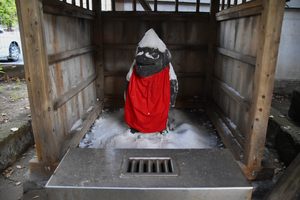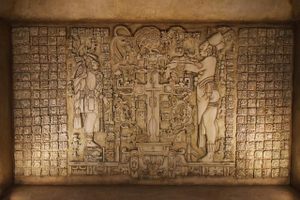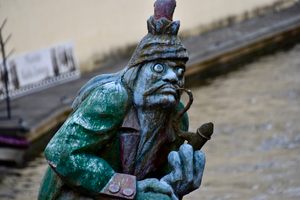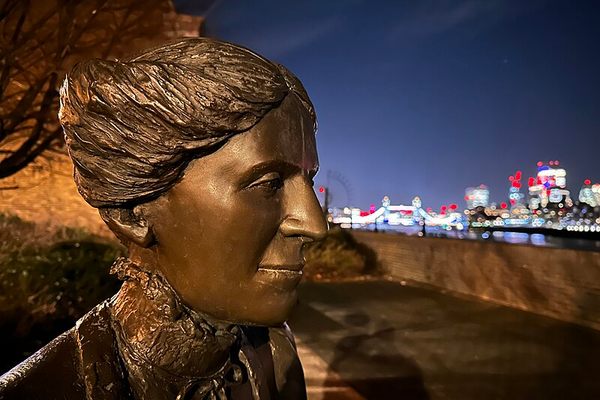About
In Japanese, oiteke-bori (or more commonly oiteki-bori) is an idiom meaning “to leave behind.” But while it's not known to most Japanese speakers, there is a strange ghost story behind the origin of this idiom.
During the Edo period, the Honjo district in Edo, now modern Tokyo, held many watercourses and horis (moat or canal), where townsfolk often came to fish. One day legend has it, two locals were heading home after a successful outing at a hori when they heard a frightening voice. The voice shouted, "Oiteke." The men ran away in panic, leaving their fish-filled baskets behind.
Some believe the voice belonged to a kappa (water goblin). Others claimed that it must have been a tanuki (raccoon dog), otter, or mujina (badger), all of which are known as shapeshifters in traditional Japanese folklore. Skeptics, on the other hand, suggests that it may have just been a robber.
Wherever the truth lies, the tale became very popular in Edo. It became part of a series of urban legends known as the Honjo Nanafushigi (Seven Wonders), they were eventually adapted into a famous rakugo episode.
The exact location of where this urban legend took place is still a matter of debate. It's widely accepted that the location is somewhere around modern Kinshichō. The kappa in Kinshibori Park, along with a few nearby street tiles commemorate this urban legend.
There is another monument that claims to have been the actual site of Oitekebori, about 10 minutes away from Kinshibori Park, on the other side of the Yokojukken River.
Related Tags
Know Before You Go
Kinshibori Park is about a five minute walk from Kinshichō Station. The kappa statue is unmissable. The other monument is located in front of Daisan Kameido Junior High School.
Hidden Japan: Sado Island, Nara & Kyoto
Explore a different side of Japan.
Book NowCommunity Contributors
Added By
Published
February 17, 2020

































